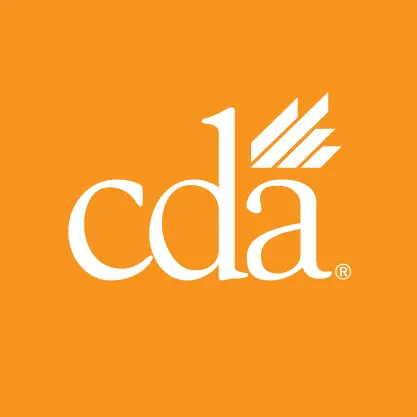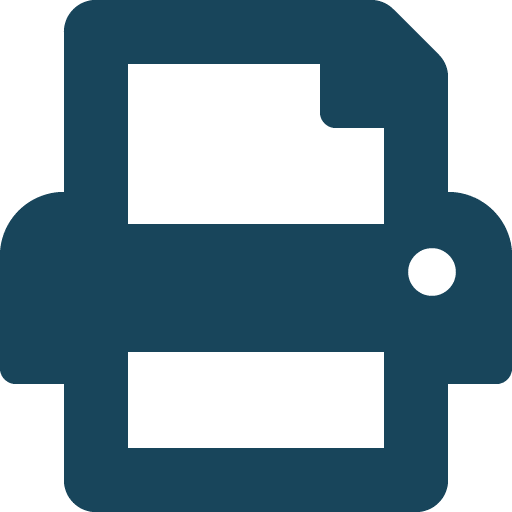What is telehealth/teledentistry?
“Telehealth” is the mode of delivering health care services and public health via information and communication technologies to facilitate the diagnosis, consultation, treatment, education, care management and self-management of a patient’s health care while the patient is at the originating site and the health care provider is at a distant site.
Telehealth/teledentistry coding options:
In 2018 the ADA developed CDT codes related to teledentistry.
The below codes report the delivery method of the dentistry provided.
- D9995 teledentistry – synchronous; real-time encounter
- D9996 teledentistry – asynchronous; information.
Will dental plans pay for telehealth/teledentistry services?
While plans are required to recognize CDT codes, they are not required to cover and pay for these codes. Coverage and reimbursement for D9995 and D9996 likely vary between commercial plan offerings. Refer to the plan’s handbook or online portal for carrier-specific coverage and reimbursement for the D9995 and D9996. In addition, some dental plans may not allow a contracted dentist to bill a patient for the service.
What codes are commonly billed in conjunction with the above mentioned teledentistry codes?
The following codes could be viable options for teledentistry coding:
- D0140 Limited oral evaluation — problem focused
- D0170 Re-evaluation — limited, problem focused (established patient; not post-operative visit)
- D0171 Re-evaluation — post-operative office visit
Keep in mind you must accurately code for the treatment rendered.
Documentation requirements for teledentistry billing:
Properly document and chart any telehealth appointments, either electronically or by some other means, to ensure this information is added to the patient’s dental chart.
Teledentistry Consent and Notice
Dentists must obtain the patient’s consent to deliver care via teledentistry. The following CDA Practice Support resource Teledentistry Consent and Notice will describe the requirements of a dentist providing services via telehealth and includes a form that serves both as a notice that complies with the Dental Board’s requirement and to obtain informed consent for teledentistry.
Ways a dentist can use teledentistry in private practice:
Limited evaluation and triage
A dentist may use teledentistry either synchronously (real-time), such as videoconferencing with the patient. Or asynchronously, commonly referred to as store-and-forward.
A dentist can have a patient complete a detailed clinical data form prior to the visit. Often, these forms provide enough information that the dentist can directly message the patient and provide guidance without always requiring a video chat.
Satellite location or weekend hours
Some dentists use teledentistry to supervise dental hygiene at a satellite location or for weekend hours. Often the dentist finds that incorporating teledentistry services with the hygiene team can add value to staff members because it allows them to work at the top of their license and, therefore, allows dentists the time to do the same.
Teledentistry has been tried and tested with great results as another way to extend the dental practice outside of the four walls. Regardless of the methodology used to perform teledentistry, it can improve access to dental care to your patients.
Assistance through CDA Practice Support
Remember that CDA Practice Support is here to answer your dental benefit questions and offer individual member assistance. Simply submit your questions online using the dental benefit submission form accessible through your cda.org account. Once received, Practice Support will analyze the issue, evaluate it for possible resolution and communicate clear next steps.

